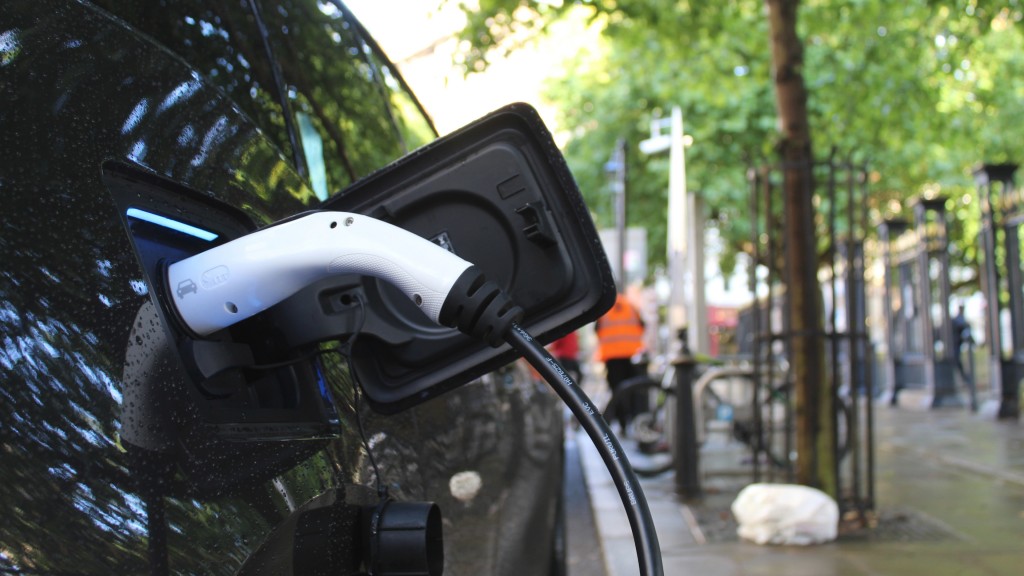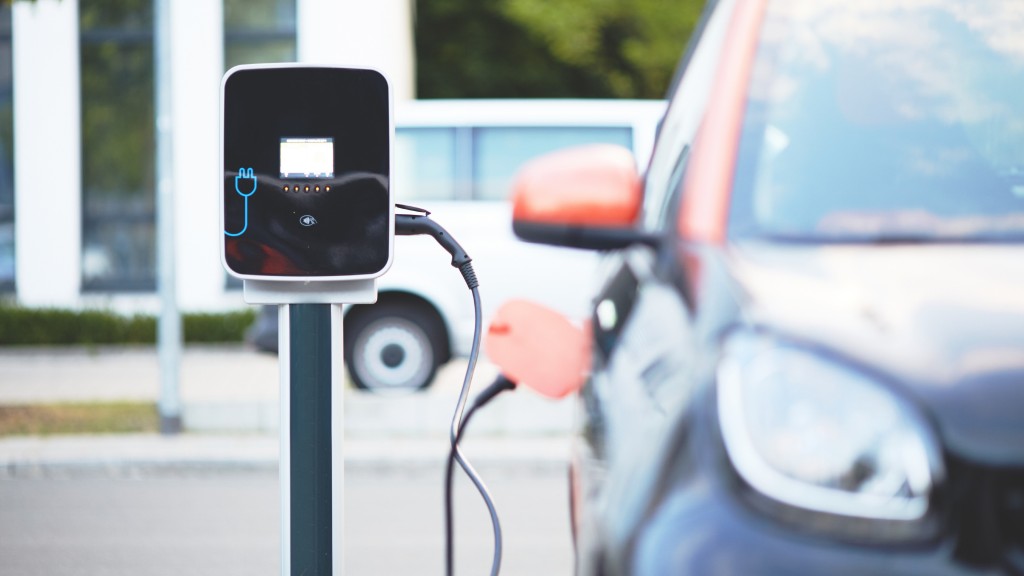
University of Birmingham researchers have demonstrated a method to upcycle end-of-life battery waste into materials that can be used for battery cathodes.
The team used the recovered material from end-of-life EV batteries to synthesize compounds with a disordered rocksalt (DRX) structure.
DRX materials are seen as an alternative to the regular layered structure of conventional cathode materials as they increase the capacity of the cathode, allowing the development of higher energy-density rechargeable lithium-ion batteries.
The researchers believe this is the first time such materials have been made from recycled EV battery feedstock.
Results of electrochemical testing showed high performance that is comparable to materials prepared from conventional high-purity reagents, demonstrating the applicability of this new approach.
The cathode, which is part of the battery that supplies electrical current, is the primary limitation for achieving the high-energy, low-cost lithium-ion batteries needed for the transition to zero emissions at the tailpipe that will be required to reduce global CO2 emissions and mitigate global warming.
For electric vehicle (EV) batteries, the challenge is to design a high-energy battery cathode that will maintain its ability to discharge electricity over a large number of charge-discharge cycles. The challenge is to design recycling processes for lithium-ion batteries when they reach the end of their useful life.
Researchers at the University of Birmingham have taken these challenges one step further by tasking themselves to upcycle recovered battery materials so the waste streams from current EV batteries can be used to manufacture new high-performance batteries.
The research is a development of previous work demonstrating ascorbic acid (Vitamin C) can be used as a leaching agent, replacing the need for hazardous chemicals in cathode recycling.
The research team led by Professor Peter Slater has now shown that recycled material from a cathode containing lithium manganese oxide (LMO) and nickel-rich layered oxide (LO), can be upcycled to lithium manganese nickel oxides (LMNO) – a high-voltage cathode material.
For the current study, the researchers used citric acid (a natural component of citrus fruits) as a leaching agent to further reduce the number of steps in the process, which they applied to cathodes from an end-of-life Gen 1 Nissan Leaf (2011 model, 40,000 miles) and used the recovered LMO as a starting point for LMNO synthesis.
They then used the recovered material to synthesize compounds with a DRX structure.
"The challenge is no longer about recycling," said Professor Slater. "Battery chemistry has moved on considerably in the last decade, and, as first-generation EV batteries reach the end of their lives, their components need to be upcycled to deliver chemistries that can be reused in the newer batteries."
The research team is working on several methods for recycling and upcycling battery cathode materials and is looking for long-term partners for pilot studies, deliver technologies to existing infrastructure, or collaborate on further research to develop novel approaches.


